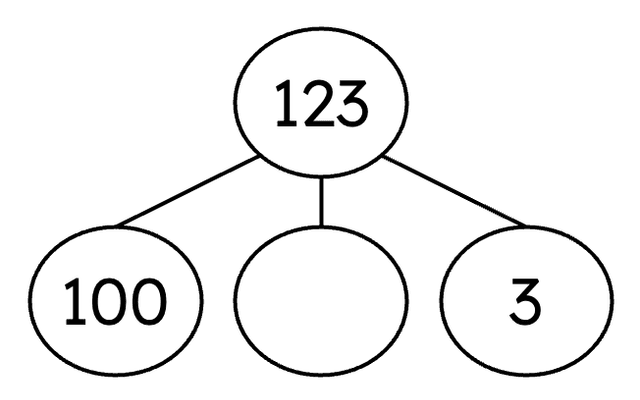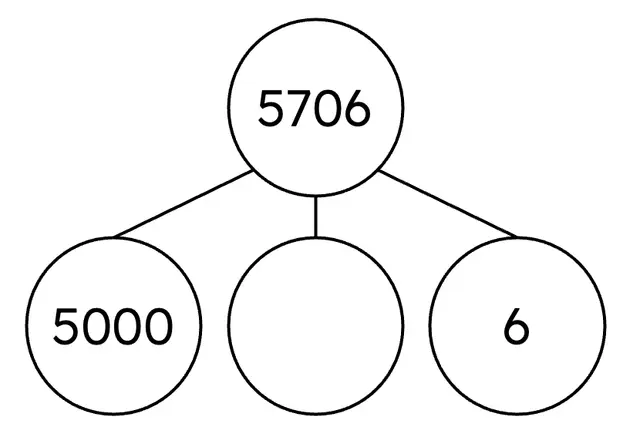Myths about teaching can hold you back
- Year 7
Checking understanding of place value in integers
I can use my understanding of place value to create numbers that meet certain conditions.
- Year 7
Checking understanding of place value in integers
I can use my understanding of place value to create numbers that meet certain conditions.
These resources will be removed by end of Summer Term 2025.
Switch to our new teaching resources now - designed by teachers and leading subject experts, and tested in classrooms.
These resources were created for remote use during the pandemic and are not designed for classroom teaching.
Lesson details
Key learning points
- The place value of a digit affects the overall value of an integer.
- Integers with the same digits have different values depending on the place value of those digits.
- An integer can be partitioned using place value .
Keywords
Digit - A digit is one of the symbols of a number system. In our number system we use the digits 0, 1, 2, 3, 4, 5, 6, 7, 8 and 9.
Integer - An integer is any positive or negative whole number or zero. E.g. -2, 0, 153 are all examples of integers.
Common misconception
When making a 3-digit integer pupils use 0 as the first digit. However 057 is not a 3-digit integer.
Leading zeros are not written. They are not needed to preserve the place value of other digits. 057 is still a 2-digit integer.
To help you plan your year 7 maths lesson on: Checking understanding of place value in integers, download all teaching resources for free and adapt to suit your pupils' needs...
To help you plan your year 7 maths lesson on: Checking understanding of place value in integers, download all teaching resources for free and adapt to suit your pupils' needs.
The starter quiz will activate and check your pupils' prior knowledge, with versions available both with and without answers in PDF format.
We use learning cycles to break down learning into key concepts or ideas linked to the learning outcome. Each learning cycle features explanations with checks for understanding and practice tasks with feedback. All of this is found in our slide decks, ready for you to download and edit. The practice tasks are also available as printable worksheets and some lessons have additional materials with extra material you might need for teaching the lesson.
The assessment exit quiz will test your pupils' understanding of the key learning points.
Our video is a tool for planning, showing how other teachers might teach the lesson, offering helpful tips, modelled explanations and inspiration for your own delivery in the classroom. Plus, you can set it as homework or revision for pupils and keep their learning on track by sharing an online pupil version of this lesson.
Explore more key stage 3 maths lessons from the Place value unit, dive into the full secondary maths curriculum, or learn more about lesson planning.

Licence
Prior knowledge starter quiz
6 Questions
Q1.In words the number 1 000 000 is written as one __________.
Q2.Which of these is the number three thousand and thirty three?
Q3.The number 50 550 can be written in words as
Q4.Which number completes the part-whole model?

Q5.Which of these is how you write thirty million?
Q6.Starting with the smallest, sort these whole numbers in order of size.
Assessment exit quiz
6 Questions
Q1.0, 1, 2, 3, 4, 5, 6, 7, 8 and 9 are the __________ we use in our number system.
Q2.This integer has been partitioned using place value. Which of these completes the model correctly?



